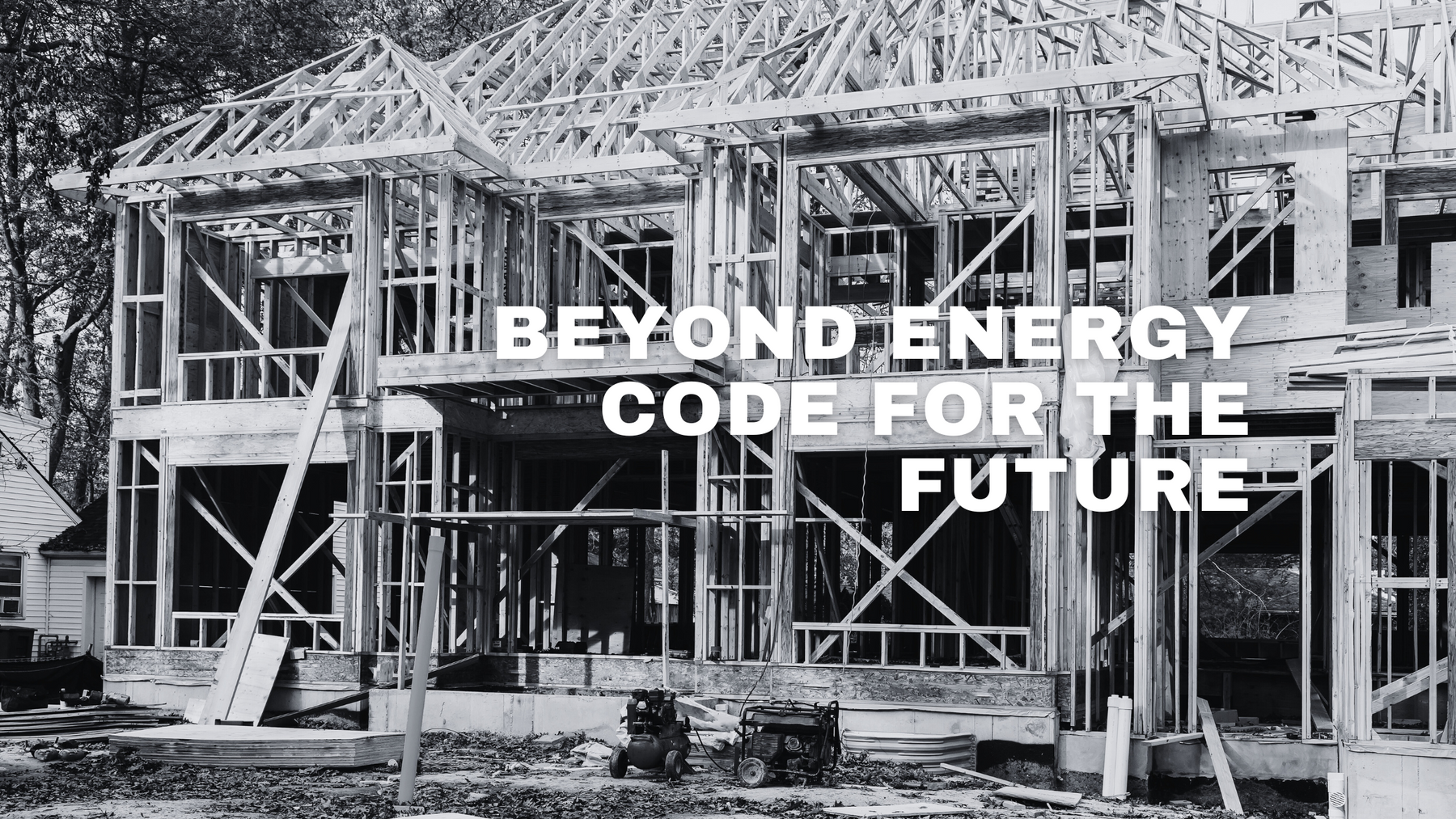We're delighted to speak with you!
CONTACT US

Green building isn’t new — but in 2025, it’s taking on new urgency and depth. With shifting regulations, rising energy standards, and growing client demand for sustainable structures, builders are going beyond code minimums and embracing innovative approaches to meet environmental goals without sacrificing profitability. The movement isn’t just about compliance anymore. It’s about competitive edge.
One of the most noticeable trends is the shift from traditional framing to mass timber and engineered wood products. Cross-laminated timber (CLT) and glue-laminated beams (glulam) are gaining traction in mid-rise and even large-scale construction for their carbon-storing properties, aesthetic appeal, and strength-to-weight advantages. These materials reduce steel and concrete use — both high-emission products — and speed up framing due to their modular nature.
Simultaneously, green certification programs like LEED, WELL, and ENERGY STAR continue to evolve, but more builders are choosing to meet performance benchmarks without necessarily pursuing certifications. Energy modeling, blower door testing, and lifecycle assessments are now used internally to guide decisions. Builders are voluntarily tightening thermal envelopes, specifying low-VOC materials, and integrating smart building technologies that improve efficiency.
Homeowners and developers alike are pushing for higher-performing buildings with lower operating costs. That’s driving demand for high-efficiency insulation, reflective roofing, solar-ready infrastructure, and integrated HVAC systems. In colder climates like Michigan, demand for airtight assemblies and better moisture control continues to rise — especially in multi-family and institutional builds.
Supply chain considerations are also becoming part of the sustainability conversation. Contractors are asking where their materials come from, how they’re manufactured, and how far they need to travel. Choosing local or regionally sourced framing packages, insulation, or sheathing reduces carbon footprint and improves reliability — a key benefit in today’s supply landscape.
More broadly, the construction industry is recognizing that sustainability doesn’t mean extra cost — not when it’s planned early and executed efficiently. Prefab systems, efficient scheduling, and waste-reduction practices all contribute to greener outcomes while also saving money. Builders who position themselves as thoughtful, environmentally conscious partners are increasingly winning bids — especially with municipalities, institutions, and design-forward clients.
At CMS, we’re helping builders navigate this shift by sourcing green-certified materials, supporting energy-efficient assemblies, and aligning our logistics with your project’s environmental goals. Whether you’re working toward net-zero or just improving your baseline performance, we’re here to support smarter, cleaner construction.
Looking to reduce your footprint without increasing your workload?
📞 Contact Construction Material Specialists — sustainability starts with smarter supply.
We're delighted to speak with you!
{"one"=>"Select 2 or 3 items to compare", "other"=>"{{ count }} of 3 items selected"}